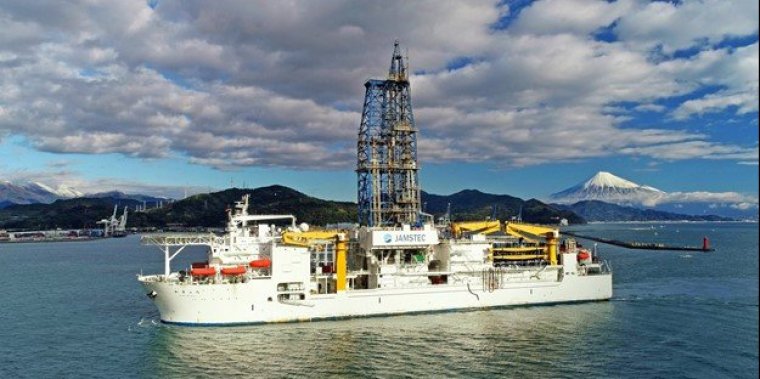| News / Science News |
How hot is too hot for life deep below the ocean floor?
An expedition by International Ocean Discovery Program scientists has provided new insights into the temperature limits of life beneath the ocean floor.

Expedition 370 involved the scientific deep-sea drilling vessel Chikyu. Photo: JAMSTEC
Like the search for life in outer space, determining the limits of life on Earth is fraught with technological challenges. Temperatures of 120 degrees Celsius (248 degrees Fahrenheit) are normally encountered at about 4,000 meters below the seafloor.
There is only one way for scientists to obtain samples from such great depths -- with the deep-sea scientific drilling vessel Chikyu. The scientists selected a location in the Nankai Trough off the coast of Japan.
The site lies in a water depth of 4.8 kilometers (nearly 3 miles), but because the geothermal gradient is steeper than average, it was possible to reach a temperature of 120 degrees Celsius in a drill hole only 1,180 meters (three-quarters of a mile) deep.
While the concentration of some cells decreased sharply to a level of less than 100 cells per cubic centimeter of sediment at more than 50 degrees Celsius, the concentration of endospores increased rapidly and reached a peak at 85 degrees Celsius.
Endospores are dormant cells of certain types of bacteria that can reactivate and switch to a live state whenever conditions are favorable again.
Much of the research for this project was carried out at the fringes of technical feasibility, the scientists said. In the past 20 years, techiques for the detection of life have been improved, with some now as much as 100,000 times more sensitive. (National Science Foundation)
YOU MAY ALSO LIKE





